
Welcome to Negin Zomorodi Piano Class
Here , music is more than technique — it is a bridge between cultures, histories, and hearts.
I offer a solid foundation in classical music through the internationally respected Royal Conservatory of Music (RCM) program, guiding students step by step through levels of excellence.But our journey doesn’t end with classical tradition. I believe music is also the voice of peoples across the world. That is why our academy celebrates folk and traditional music from diverse cultures — from the haunting melodies of Persia, the lively dances of Ireland, the refined sounds of Japan, the rich songs of Russia, and the passionate rhythms of Spain.My aim is to create a space where students not only master their instrument but also discover the stories of music from around the world. Whether you dream of performing in a concert hall, exploring the soul of folk traditions, or simply finding joy in music, our academy welcomes you.I don’t just teach notes — I open doors to cultures, imagination, and expression.
Negin: Programs & Schedule: My goal is simple yet profound: to provide a space where students master their instruments, deepen their understanding of music, and connect to a global community of learners and traditions. Whether you join me online from your home or step into one of our studios in Valencia, breathing world of music.Online lessons give students the chance to study with top-level instructors no matter where they live, while still enjoying the personal attention and guidance that makes music study meaningful.
Negin: Designed programs: My programs are designed around two complementary paths. The first is a solid, step-by-step foundation in classical music through the Royal Conservatory of Music (RCM) curriculum, guiding students from beginner to advanced levels. The second is our World & Folk Music program, where learners explore the traditions of Persia, Ireland, Japan, Russia, Spain, and beyond. Many of our students choose to combine both paths, discovering not only the technical excellence of classical study but also the richness and diversity of global music cultures.

Folk and World Music carry the voices of cultures, bring the spirit of cultures to life ، telling stories that have been passed from generation to generation. Each tradition carries its own colors, rhythms, and emotions, offering students new ways to connect with music and people.I explore diverse musical heritages . Together, these traditions open ears, hearts, and hands to the universality of music.
Persian Music
With its rich modal system (dastgah), Persian music carries centuries of poetry, mysticism, and improvisation. Its melodies are expressive, subtle, and deeply emotional. Learning Persian music develops sensitivity to ornamentation, nuance, and the art of spontaneous creation.
Irish Music
Irish folk music is vibrant, rhythmic, and full of life. From reels and jigs to heartfelt ballads, it combines energy with storytelling. Students of Irish music gain agility, strong rhythmic skills, and the joy of playing in community through ensemble traditions.
Japanese Music
Japanese traditional music is defined by simplicity, space, and balance. Its sounds reflect nature, meditation, and elegance. Learning Japanese melodies teaches students how to listen deeply, appreciate silence, and express emotion with clarity and restraint.
Russian Music
Russian folk songs are powerful, resonant, and soulful. Rooted in both sorrow and celebration, they blend strong voices with compelling harmonies. Studying Russian music strengthens expressive depth, emotional range, and a sense of dramatic storytelling.
Spanish Music
From flamenco’s fiery rhythms to classical guitar traditions, Spanish music is passionate and bold. It is filled with rhythmic drive, expressive phrasing, and dynamic contrasts. Learning Spanish music builds technical skill, rhythmic precision, and the ability to play with intensity and flair.
Polish Music
Polish folk music is full of dance, color, and lyrical beauty. With traditions like the lively mazurka and the graceful polonaise, it blends folk energy with classical refinement. Exploring Polish music develops rhythmic creativity, phrasing, and a strong sense of national character in music.
Turkish Music
Turkish music bridges East and West, combining intricate rhythms, microtonal scales, and expressive melodies. Its traditions span from Ottoman court music to folk dances and Sufi mysticism. Learning Turkish music expands technical skills, deepens understanding of rhythm, and opens new ways of hearing harmony and melody.
History of music
Renaissance
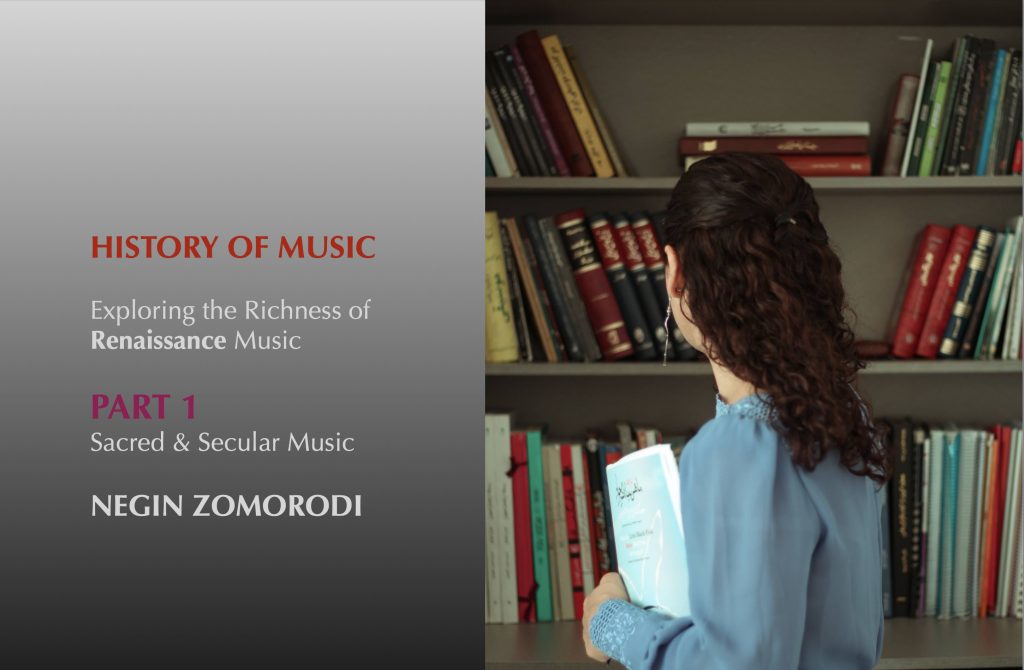
PART 1-Renaissance
https://youtu.be/tbomFfeSNtk?si=tB7mu3DOVG164tBa
PART2 -Renaissance
https://youtu.be/Renr26yc9l4?si=jPWz_g5KfQCfFBCv
PART3-Renaissance
https://youtu.be/CCsvRMNl4_s?si=_-UD6huX4dh3KTaB
PART4 -Renaissance
https://youtu.be/xZKuL-uTQfw?si=2Wn8dkWrTeuzEYEJ
PART 5 -Renaissance
https://youtu.be/IdbsCiuWD60?si=a3SDtp7ibRlFIA5p
PART 6-Renaissance
https://youtu.be/XnrX2O0e_L4?si=xWWtxjAKlVWKYeFx
PART 7 -Renaissance
https://youtu.be/ezWGzditOLA?si=MFyBDu1kZ21Nl8LT
PART8 -Renaissance
https://youtu.be/bzVYZxI790U?si=EQQU5lS2g4uIcVSV
PART9-Renaissance
https://youtu.be/WUa0zU4igI0?si=9gczFRfw5EGzfXjf
PART 10-Renaissance
https://youtu.be/1AhadZBBxPg?si=wWO1MKD5M8L4RuLj
PART11-Renaissance
https://youtu.be/-l29f9nmj80?si=Df0urc1MQOchBtIx
PART 12 -Renaissance
https://youtu.be/lnV3oFRtkXE?si=LTydriIRfwzE7_F4
History of Music
BAROUQUE
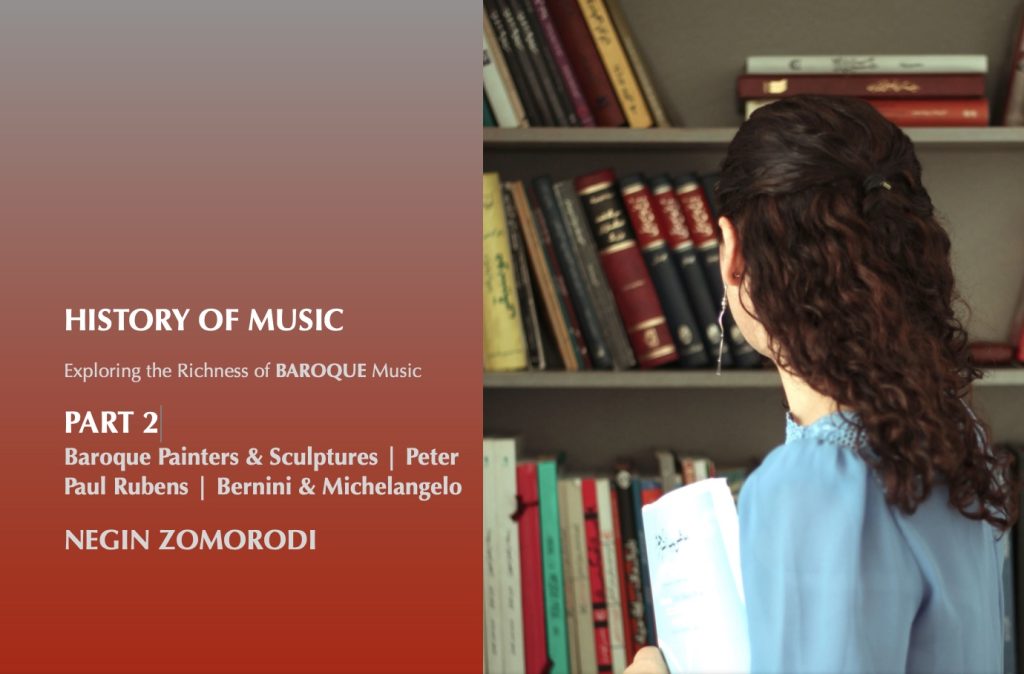
PART 1 – Baroque
https://youtu.be/_0HkZouMv44?si=6G5sIJHHC9jPOD3b
PART 2 – Baroque
https://youtu.be/Eu6EM5BLs94?si=j0w6tfByI7LXLoov
PART 3 – Baroque
https://youtu.be/gedZ4nVG6-Y?si=J9VukFm3MdYLdD-r
PART 4 – Baroque
https://youtu.be/HX4Gw1g1_GY?si=sml-CfTa0iTz-ZIL
PART 5 – Baroque
https://youtu.be/jXhybfHE_BE?si=aeQFjPtZFORTBOXW
PART 6 – Baroque
https://youtu.be/Z_UYQt1uLYY?si=FzbpXpsKf0y1Bd9i
PART 7 – Baroque
https://youtu.be/N9xy-6_VC2E?si=UA86vIiyvycu1wQa
PART 8 – Baroque
https://youtu.be/r0ijrZVZJRE?si=14NoQsNumVg_0_YL
PART 9 – Baroque
https://youtu.be/V9o9HT9EB_A?si=YAkRY0ep8av_dQUx
PART 10 – Baroque
https://youtu.be/Y5J95zystPE?si=_abewEa6Jgy33P1s
PART 11 – Baroque
https://youtu.be/5r0p708HZac?si=iwY1IfDO0BFKIaki
PART 12 – Baroque
https://youtu.be/sosfI-6_Nnc?si=bv7SA_FG7I2SZij-
History of music
Late Baroque
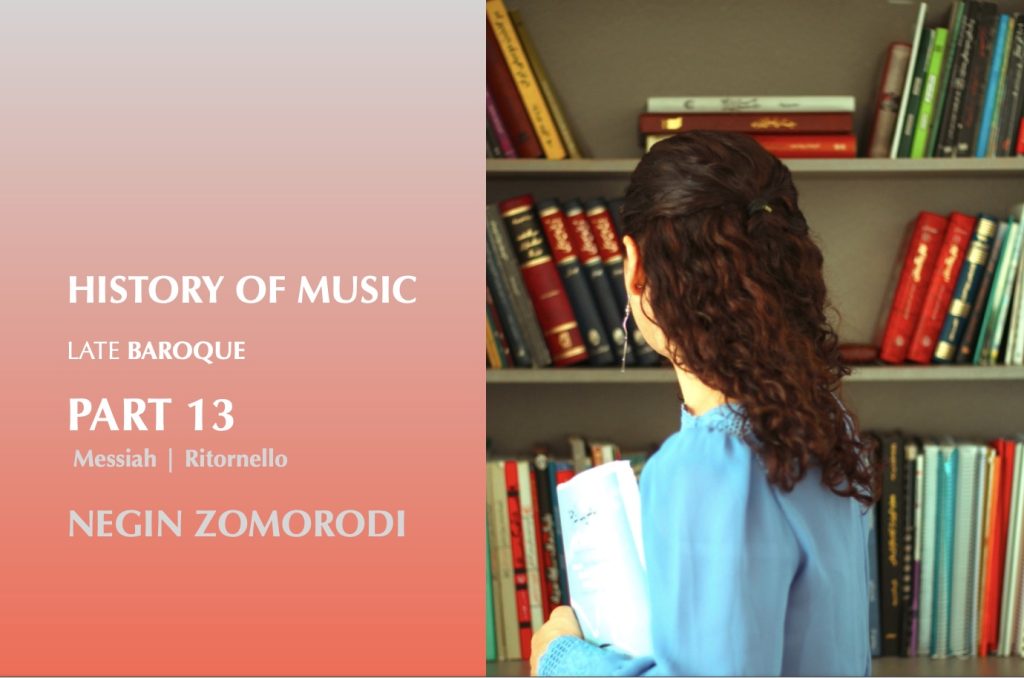
PART 13 – Late Baroque
https://youtu.be/sNFE0PfRZAs?si=6nW2GexXijME9TM9
PART 14 – Late Baroque
https://youtu.be/RjL_0nmv5H4?si=tOyNIicmVWGajatQ
PART 15 – Late Baroque
https://youtu.be/MNJZHNwBwfc?si=HvOXR7aM1nVlLg9v
PART 16 -Late Baroque
https://youtu.be/sidhcQpkvv8?si=Dl3R4hoMEhbSaZNd
PART 17 – LateBaroque
https://youtu.be/velXjpKHQYU?si=X_4FzfYoISyom4w8
PART 18 – Late Baroque
https://youtu.be/oMpnZdpXFqI?si=4yhMBDBciKQET4ZO
PART 19 – Late Baroque
https://youtu.be/6JSENYYtNx4?si=9RK6TNrxMj0-mQCv
PART 20 – Late Baroque
https://youtu.be/MJu40U87Jzg?si=UiLKHYZ9Jn465oQY
Instrumentation
Part 1 _ Instrumentation
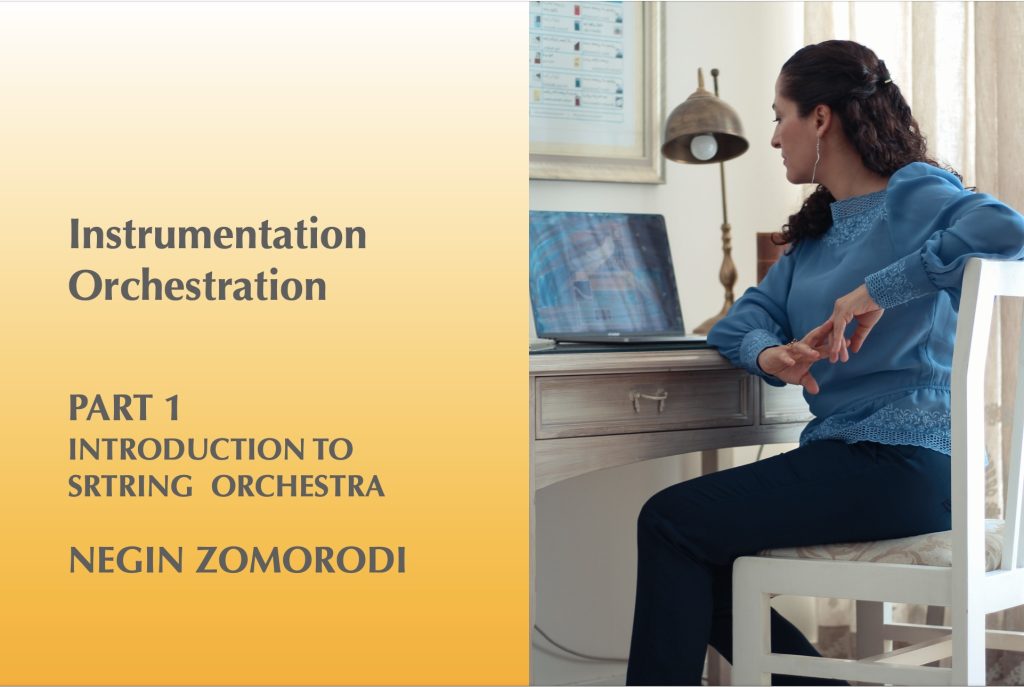
Part 1 _ Instrumentation
https://youtu.be/8pF5fZFHNcM?si=8SN6l3wl14XwnVBL
Part 2 _ Instrumentation
https://youtu.be/fWnhVL6XCzY?si=-p5j0nGNl9CLTJvY
Part 3 _ Instrumentation
https://youtu.be/QpSjOOh-OII?si=KVAyCQqaM6NJDDCv
Part 4 _ Instrumentation
https://youtu.be/dvf_ieQNMRM?si=P2HuVyLQp4uj5LgN
Part 5 _ Instrumentation
https://youtu.be/i8u6XbaL840?si=tXi4i_RrbonlWAFX
Part 6 _ Instrumentation
https://youtu.be/8DXVZlHqn08?si=05w2qLPjdHd0uCEx
Part7 _Instrumentation
https://youtu.be/KADYTLCBay0?si=FHr1xg-WiAuC5tiM
Part 8 _ Instrumentation
https://youtu.be/XHM9A1bmLfs?si=siOiqAXGu_PjPDYW
Part 9 _ Instrumentation
https://youtu.be/WI06wEKdQdo?si=JufQcr_hTAZzHEa4
Part 10 _ Instrumentation
https://youtu.be/HBQj9S-lsCk?si=1Ls9E4KpWNP_mX2v
Part 11_ Instrumentation
https://youtu.be/0yhXMzKHK7U?si=xkdDbOS_7MZlXlqh
Part 12_ Instrumentation
https://youtu.be/YXwNAwbugGg?si=PNoKNAUabNk8KtAI
Part 13_ Instrumentation
https://youtu.be/4n6OvpEucVk?si=bIupiOG7hEszzl2P
Part 14_ Instrumentation
https://youtu.be/QLJ587o8cH8?si=P_23dVxy1SO7TuS2
Part 15_ Instrumentation
https://youtu.be/dESQLnfeR0w?si=EKDzVvlEfevWAVs_
Part 16_ Instrumentation
https://youtu.be/0V5HqKLGyO4?si=KY_IF9KpVgklJtvY
Part 17_ Instrumentation
https://youtu.be/rbrikBmVGTQ?si=hWBq9mNRyIZDxavF
Part 18_ Instrumentation
https://youtu.be/x4tAy8pDg7c?si=e2KEB6zHfAvEMM0B
Part 19_ Instrumentation
https://youtu.be/fhLjJ6-uwBw?si=Tv8xzlS7TVOUxOV2
Part 20_ Instrumentation
https://youtu.be/MUPYwmLHat0?si=SoiK43D-RZ4kIiVG
Orchestration
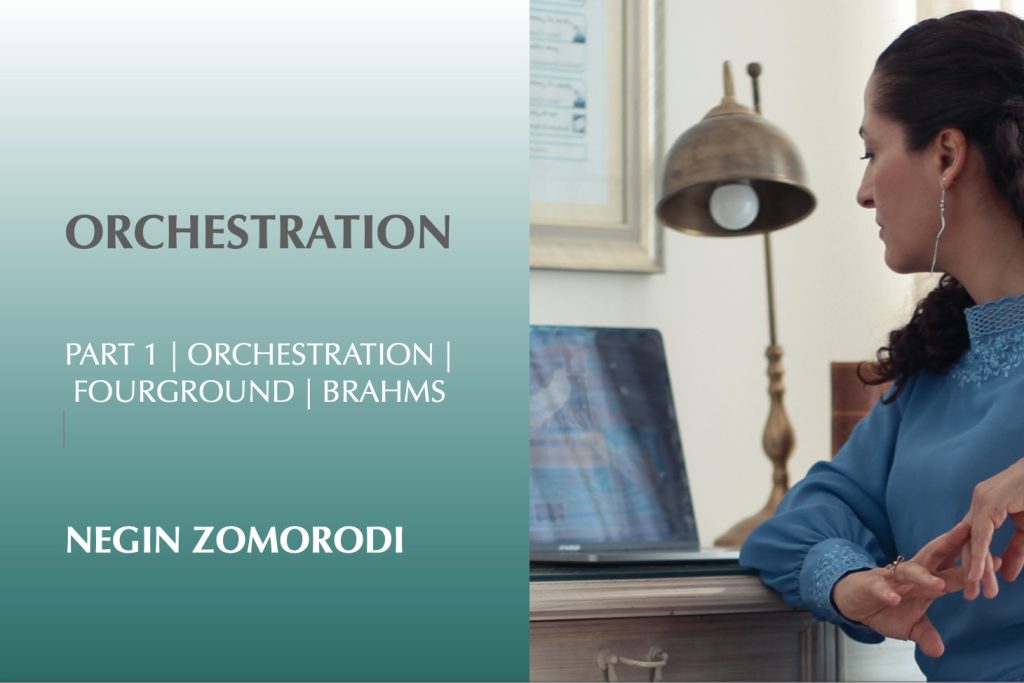
Part 1_ Orchestration
https://youtu.be/bqQs0iOvCLA?si=0S3yJCCL21xdDCEc
Part 2_ Orchestration
https://youtu.be/sR5ee8OG58s?si=enf_bwj4_QLUvBrI15:32
Part 3_ Orchestration
https://youtu.be/b0QYGFmdKzM?si=h8j8xnYXCfZBh5HZ
Part 4_ Orchestration
https://youtu.be/A18fUOFX4Lo?si=eu6wq9A_UndJpX4W
Part 5_ Orchestration
https://youtu.be/Wr5TorCu_3Q?si=KnQDuXuD53LZL30W
Part 6_ Orchestration
https://youtu.be/G6qjPlOpVTg?si=wV64QhzaDHPvZpIk
Music Theory
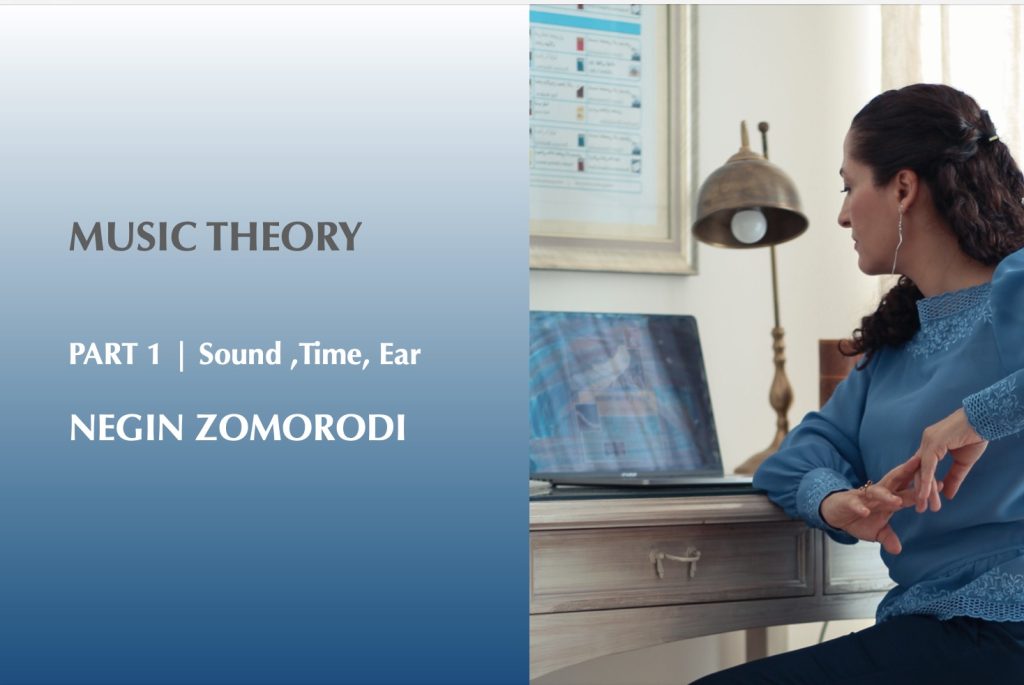
Part 1_ Music Theory
https://youtu.be/iid6BLj2cQQ?si=WCxPpPCWmguBEQMa
Part 2_ Music Theory
https://youtu.be/4-c7Uc_sIXM?si=_ccAh5_7FkSpb_oW
Part 3_ Music Theory
https://youtu.be/4rx3QSniWm8?si=If8q7tymMwTrkp-d
Part 4_ Music Theory
https://youtu.be/Aku9fXvMQxY?si=t-Y3hUH0ykMPsNcj
Part 5_ Music Theory
https://youtu.be/S7FBj1bu7X0?si=P4ltADibmlVxfcO-
Part 6_ Music Theory
https://youtu.be/YCS1GNrzjDg?si=4gA3GMzxK2U78BAl
Part 7_ Music Theory
https://youtu.be/PBI1BcO4WvQ?si=4LMM4i8ihPW-Xi2h
Part 8_ Music Theory
https://youtu.be/324EglQULek?si=tE-8fY0AghTb6frf
Part 9_ Music Theory
https://youtu.be/258xjGW4vW8?si=BbeNd5pY1Rz9bwJ_
Part 10_ Music Theory
https://youtu.be/UCOM-iqrbIM?si=816BhuCxD5VLFrZO
Part 11_ Music Theory
https://youtu.be/0nlrs8il-Hk?si=04E1TnJBni9-7MYG
Part 12_ Music Theory
https://youtu.be/WSm82w5fZc0?si=GE3G5RJ-Kiq_6P4l
Part 13_ Music Theory
https://youtu.be/rUef-jGeKM8?si=QB3knjYX3NTYMn0x15:32